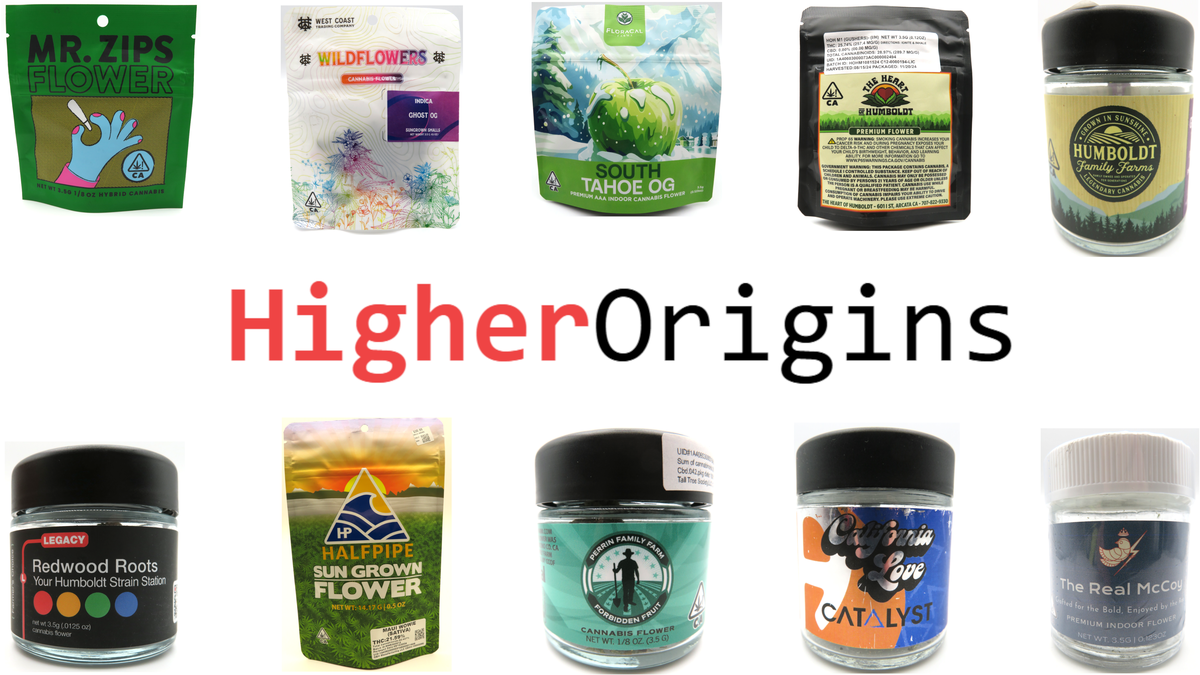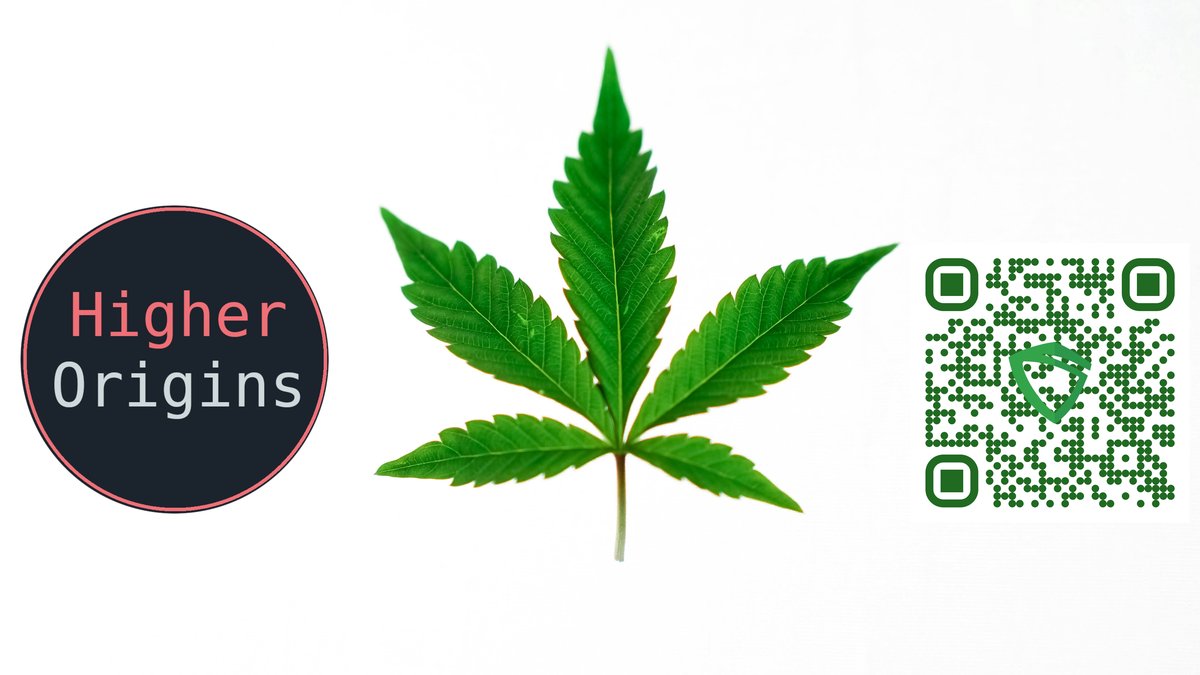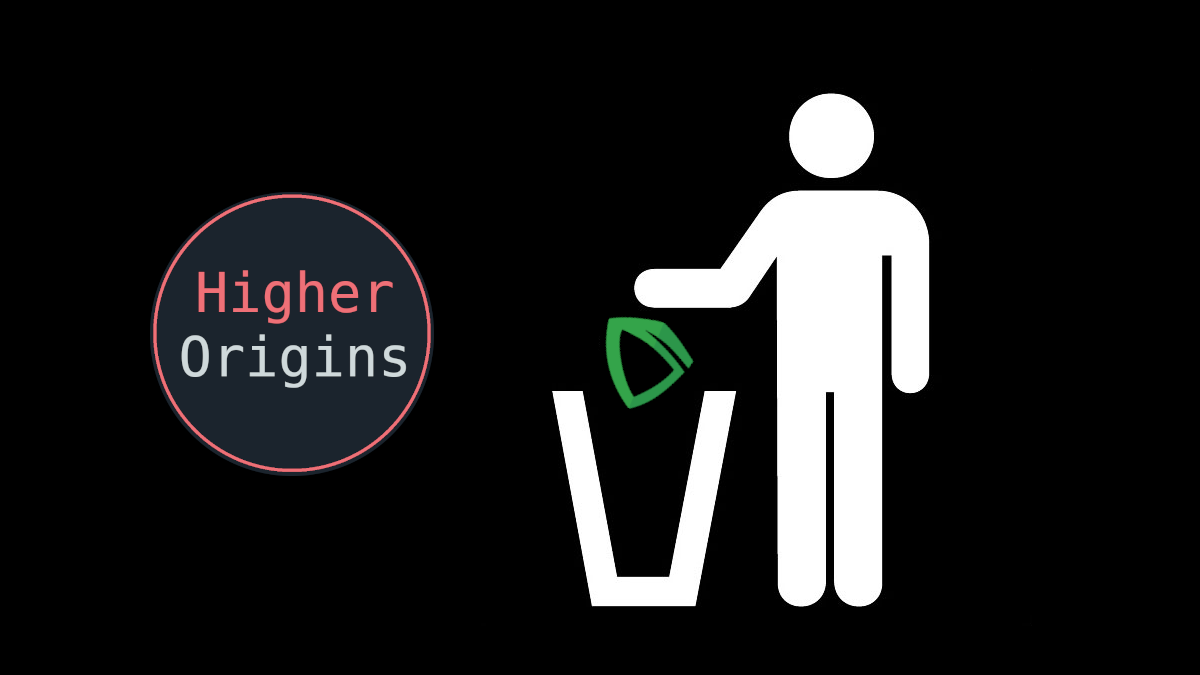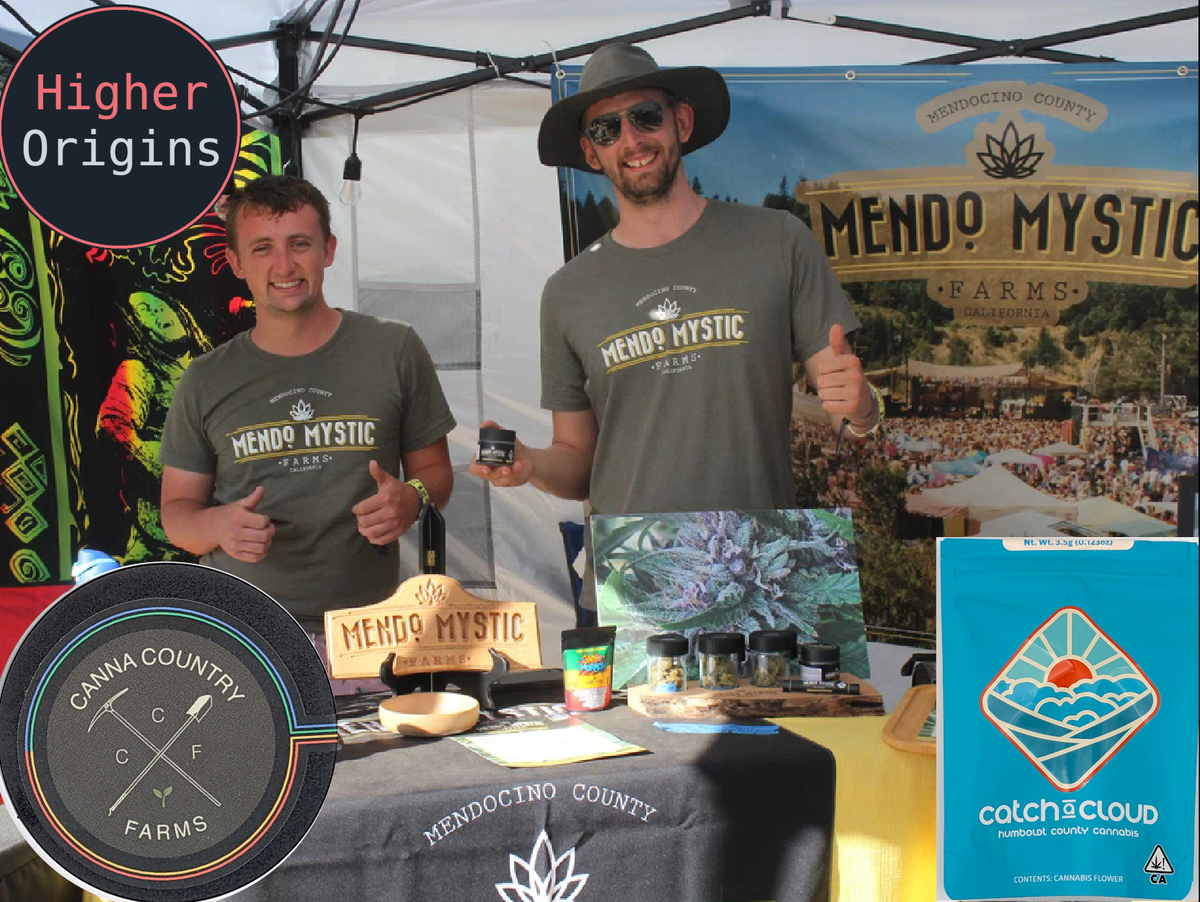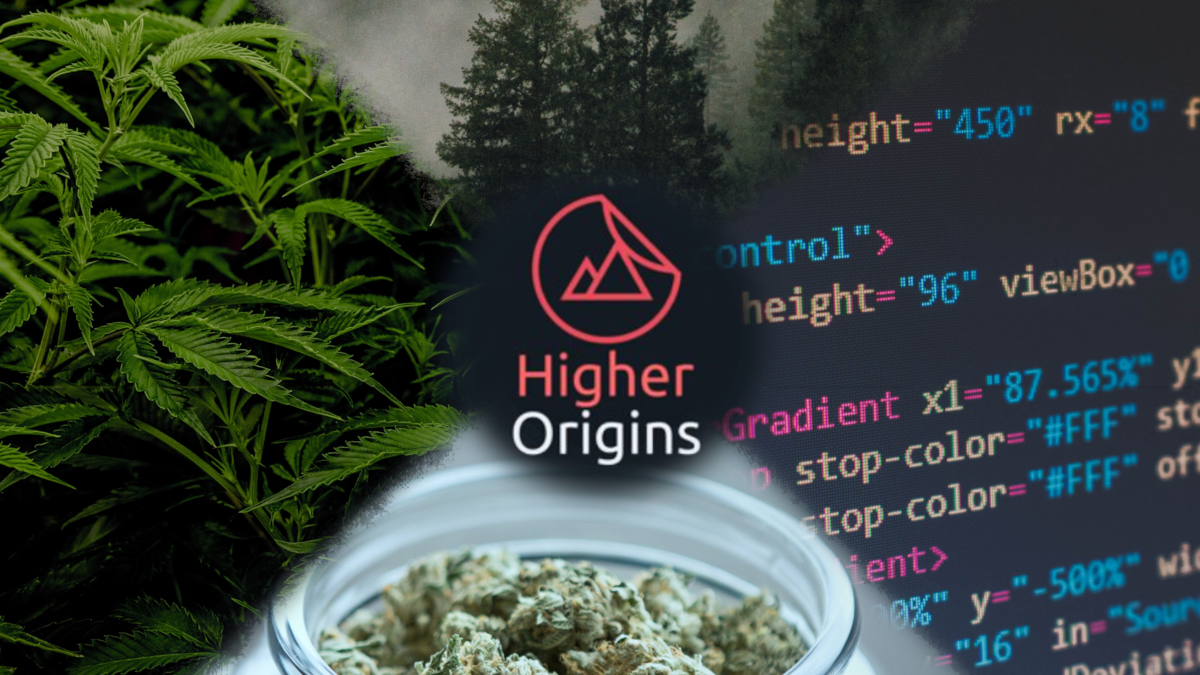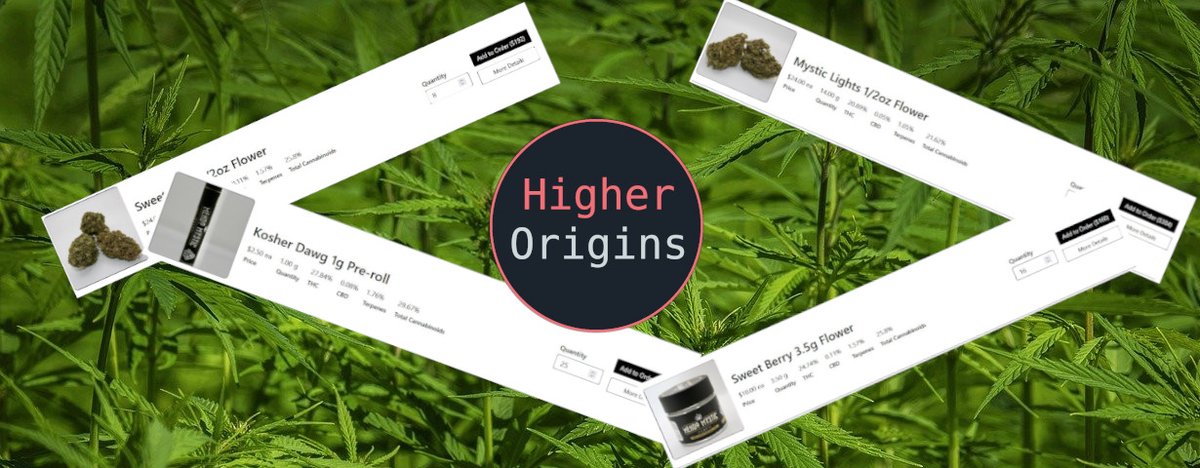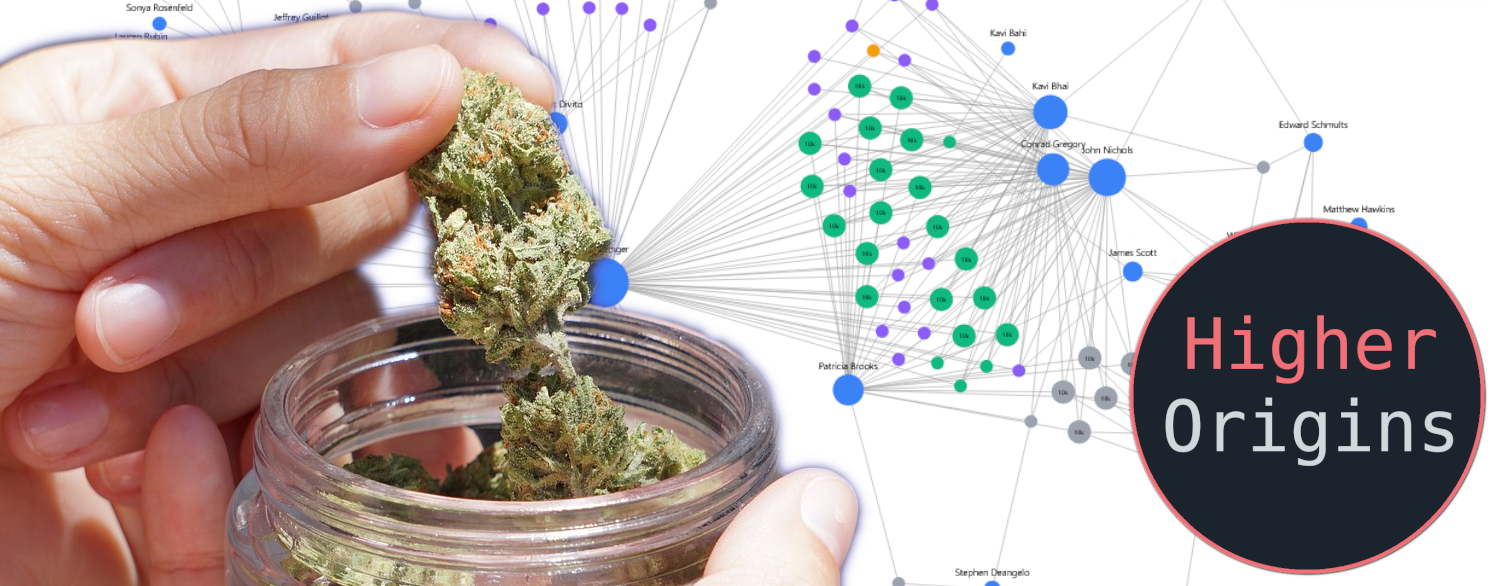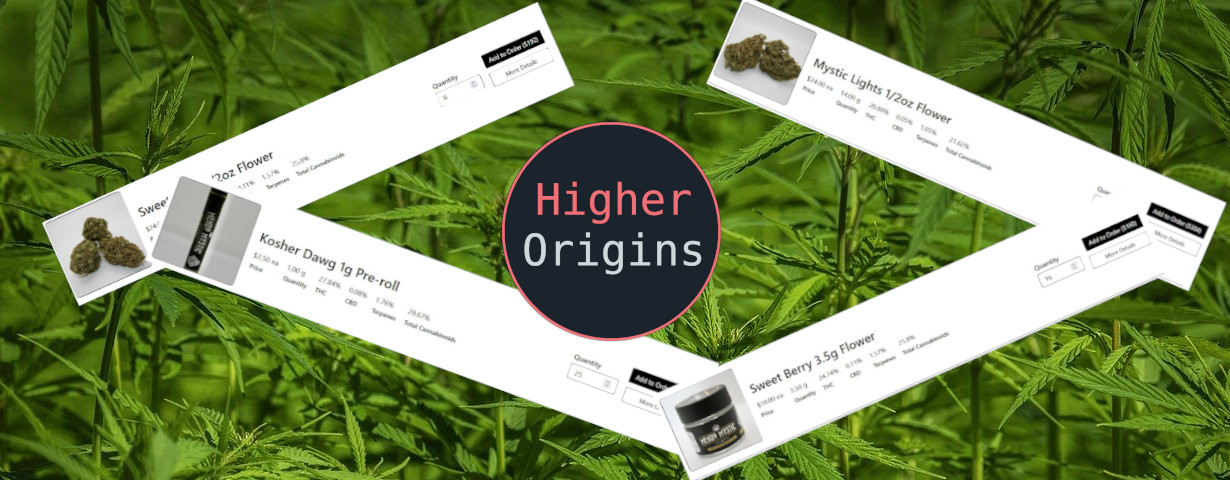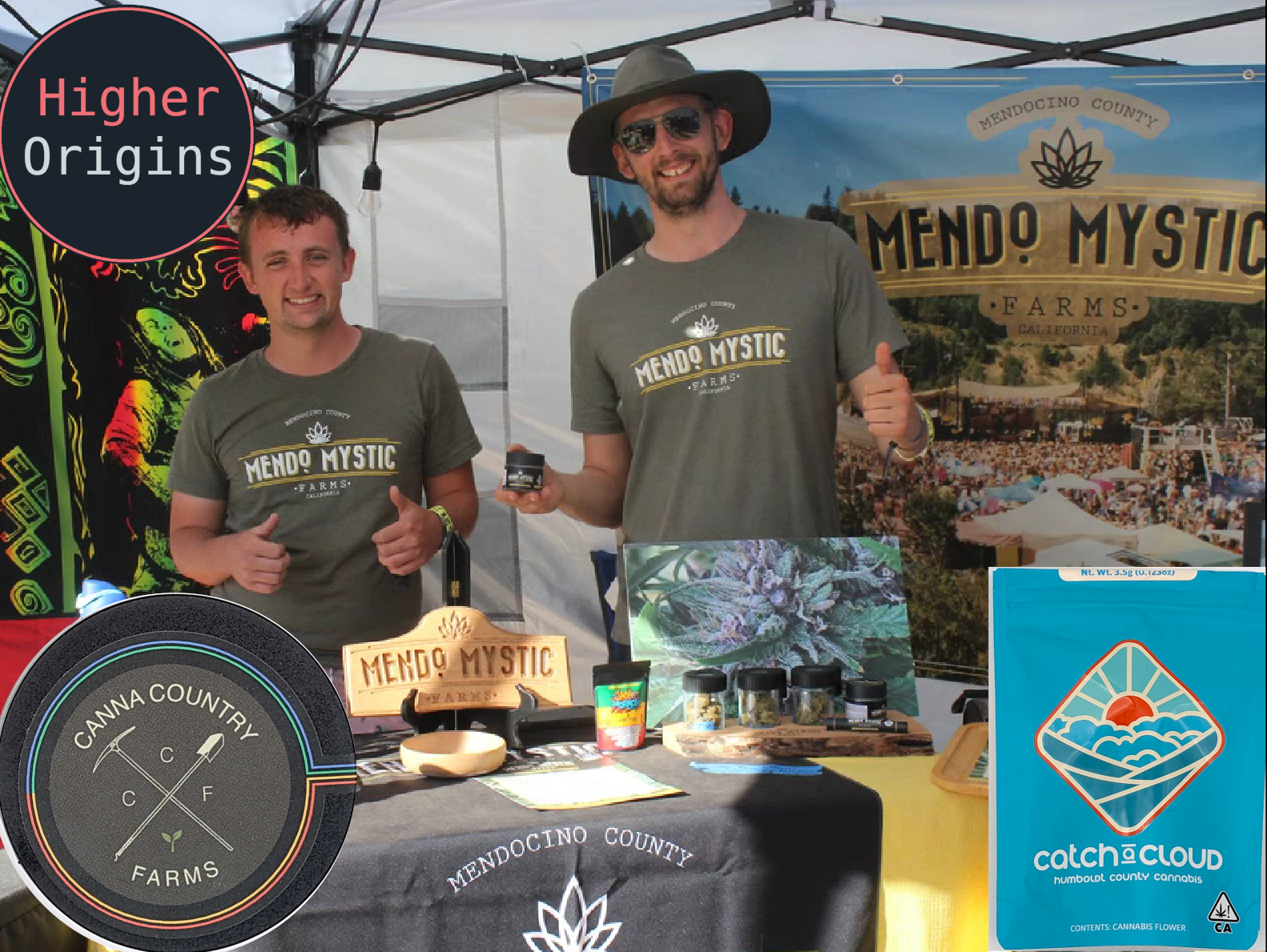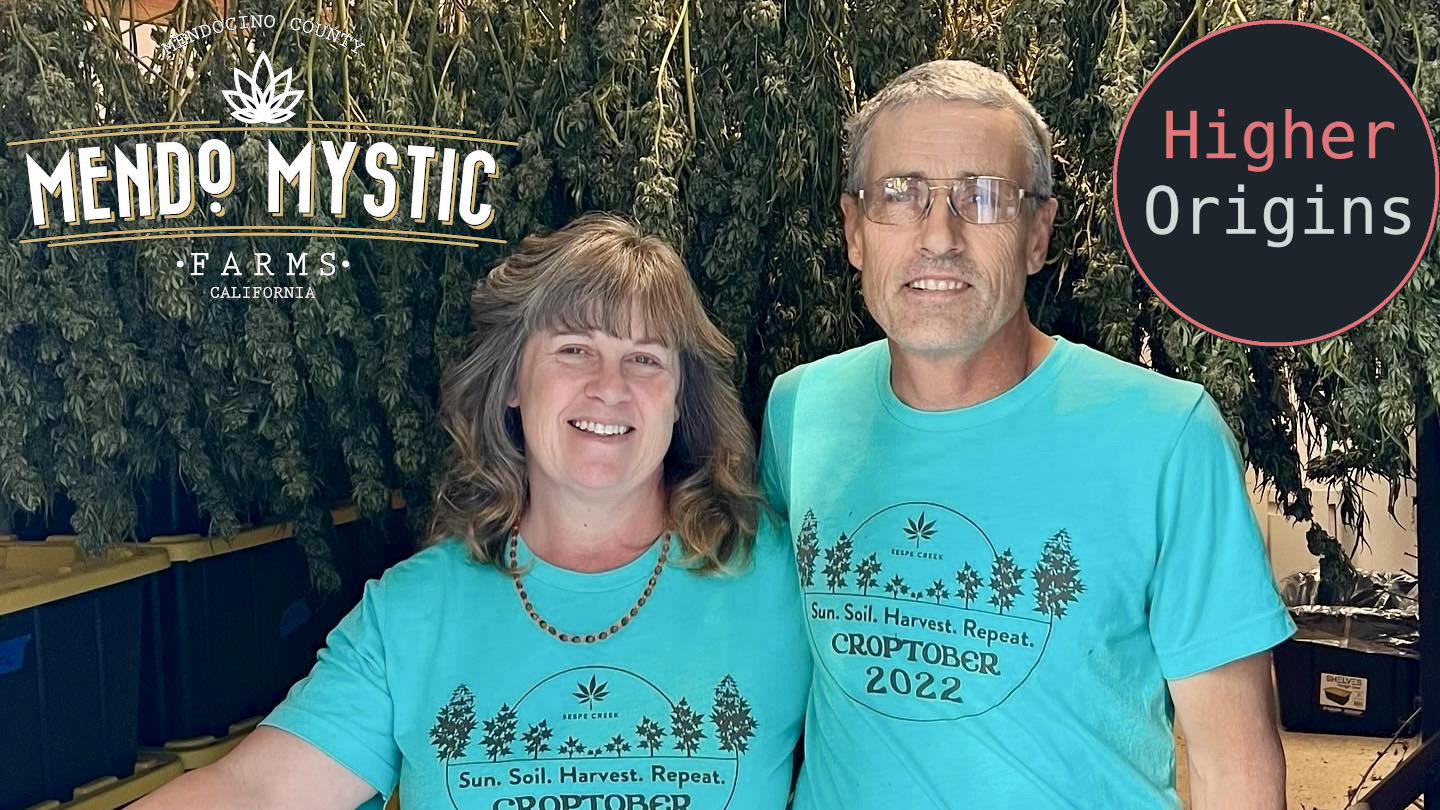Ranting about the cannabis industry is part of working in the cannabis industry- its one of the defining qualities. However, every good rant is hollow without some practical call to action. Here are a few regulatory changes that we would love to see happen in our industry.
Trim METRC Requirements for Farms
I have to be pretty blunt here: METRC provides next to no value to farms, and in fact is a major resource drain on any operation. While the idea of safe track and trace has good intentions, METRC’s process for accomplishing this is barely viable. Massive time waste, system unreliability, and thousands of non-recyclable plastic plant tags are all a by-product of this poorly implemented government contract software.
The problem with such draconian tracking for farms is that much of it does nothing to contribute to more accurate supply chain monitoring. In reality, all it provides is another set of hoops and pitfalls for compliant farms to deal with, and another rule to ignore for farms running gray market operations. Limited in-person farm inspections may catch one-off offenses and generate revenue through fines, but they do next to nothing to secure the supply chain against people who are willfully ignoring rules. Scanning a plastic tag isn’t going to make cannabis safer for the consumer, or tax collecting easier for the bureaucrats at any level of government.
We would like to see the requirements for in-depth METRC tracking scaled back significantly at the farm level. While we understand that some larger operators have integrated METRC pretty deeply into their operation, there’s no reason that everyone should be mandated to tolerate this level of waste. METRC should only be needed at a few steps in the process:
Planting: Farmers would enter some basic information about their batches so the state knows what they intend to grow. No tags needed.
Harvesting: Plants are harvested and bulk weighed to determine yield. Weighing plants individually provides no regulatory benefit. Likewise bulk destruction and disposal should be allowed.
Packaging: This is where tags become actually useful as normal package labels. Just weigh it, pack it, tag it, record it. Repackaging works the same way.
Testing: Test results should be associated with the packages. This is one of the few reasonable functions of the regulatory system: to make sure that product can be associated with accurate test results for recall, safety, and responsibility reasons.
Transfers: The transfer process can remain fairly unchanged, since chain-of-custody between licensed operators is key to track and trace. (Also a personal request: let 3rd party integration software initiate transfers, please, for our founder’s sanity!)
Eliminate Minimum Taxes
Taxes are a pain, we get it, but let’s be clear: they’re a part of business. The problem is when they go from being a reasonable portion of profits to a blatant cash grab. The worst of these is the minimum tax on farms. Depending on their jurisdiction, farmers who make zero income can still be required to pay thousands in taxes, generally determined by their license type and square footage. This amounts to a fine for not making any money. On top of licensing fees and everything else that bleeds away operators income, minimum taxes just add insult to injury. Get rid of them.
Legal Definition of Marketing Terms
What is Craft anyway? How small is a Small Batch? How much sun does a plant need to get to be considered Sun Grown? These terms matter, and they are being abused. Companies that have massive new operations can easily claim to be small batch craft, without any repercussions. We want to see California take a page from the world of whiskey and introduce a standardized (and enforced!) set of terms for who can use certain terms and for what products. Appellations enforcing regional labeling to protect terroir were a good start, but regional name is only one aspect of what makes an operation and its product unique. Here is a list of terms and definitions that we would like to see adopted.
Craft: Reserved for small farms at a scale where each plant can receive attention from a skilled grower with a proven history of cultivation. The licensee must have been operating for several years, and have held a license for an extended period. Priority should be given to operators who were involved in prop 215 operations or other previous legal cannabis programs.
Small Batch: Reserved for product from a single planting of the same strain at a limited scale, with a very limited number of batches per year. This is just one way to do it however, and the exact definitions of weights, plant counts, license types, and strain differentiation would need to be clarified with significant industry input.
The goal here is obvious and simple: create market definitions for products and producers to protect small legacy farms. We want to see specific sections in dispensaries for verified small batch craft cannabis, complete with premium pricing. This is already the standard in grocery stores for organic food, let’s adopt it. Likewise, the consumer education from this market segmentation would make buyers more selective in what they purchase. Large newly founded farms can compete via economies of scale and defend their market niches through capital and market flooding, whereas the small farms that started this industry (and are most prone to being driven back under the table) need a defensible way to define their product.
As a consumer, I know I would be happy to pay more for small batch craft cannabis, especially if there was a legal framework in place to make sure that's what I was getting, not just another mega-farms misleadingly labeled mids.
Clear Provenance- a Question of Scale and Potency
It’s still pretty hard for the average consumer to know where their cannabis comes from. Just a farm or manufacturer name on the packaging doesn’t clearly explain anything to your average person buying a jar. Clarity of sourcing is a major advertised goal of the regulators, so in order to achieve that we would support the following label requirements. The question is, how exactly should this be defined in order to accurately and fairly represent the source of the cannabis?
From our perspective the most important fact that a consumer should know is the size of the operation that produced the product. Adding a labeling requirement for total square footage of the producing farm would inform the consumer of who they were buying from. This prevents brands from passing their product off as coming from small farms when it is actually coming from a large operation. In general, the cultural expectation for California cannabis is that it comes from a small farm with an emphasis on quality and skilled cultivation. Consumers should know if their product lives up to this expectation or not.
Likewise, testing labs are part of this. As we have previously mentioned, testing labs provide inconsistent results on terpene and cannabinoid levels, and operations will shop for labs that will give them more favorable results. Since new legislation is standardizing testing and cracking down on lab shopping, clearly labeling the certifying lab on the final product will provide another layer of accountability.
Ultimately, regulators are gonna regulate, but that doesn’t mean they always need to do it in wasteful and unproductive ways- there are real changes that can be made today that help out the most vulnerable members of the cannabis industry and still satisfy the bureaucrats in Sacramento.
-Here’s hoping you only smell weed smoke and not wood smoke, keep growing!


